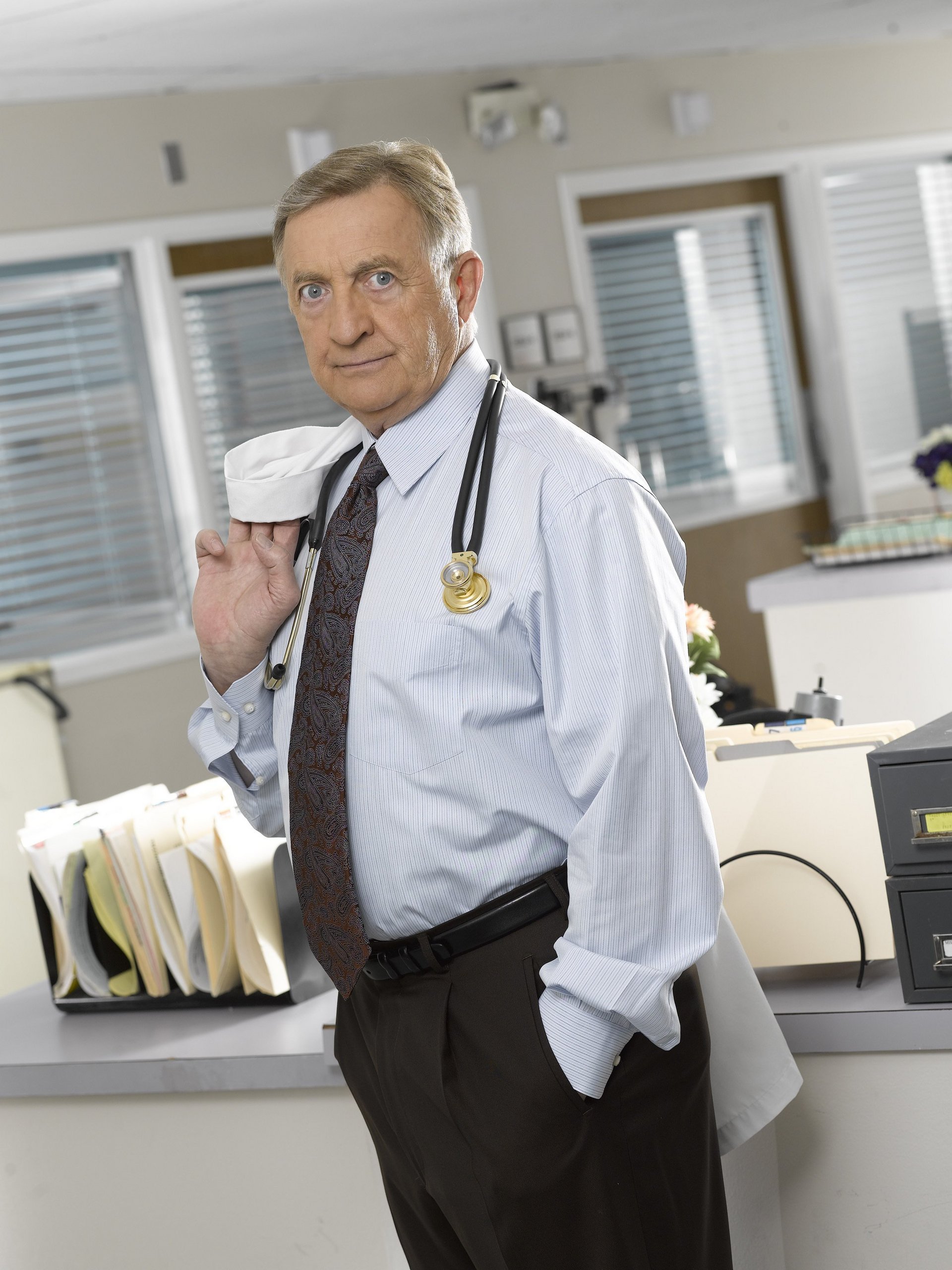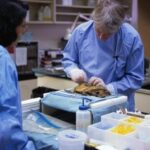The query “Are medical examiners doctors?” might seem almost facetious. After all, wouldn’t one expect a medical examiner to possess a medical doctorate? However, the reality is more nuanced. While the assumption often holds true, the precise qualifications and requisite training for a medical examiner position can vary significantly depending on the jurisdiction. This creates a labyrinthine landscape of differing standards and responsibilities. Let’s dissect this complex topic.
The Core Role of the Medical Examiner: Unveiling the Narrative of Demise
The primary function of a medical examiner is to investigate deaths that occur under suspicious, sudden, or unexplained circumstances. This entails a meticulous examination of the deceased, often involving an autopsy, to ascertain the cause and manner of death. These findings are crucial for legal proceedings, public health initiatives, and accurately documenting mortality trends. The medical examiner’s pronouncements carry significant weight, influencing everything from criminal investigations to insurance settlements.
The Baseline: A Medical Doctorate as a Foundation
In the majority of jurisdictions, holding a medical degree (MD or DO) is indeed a fundamental prerequisite for becoming a medical examiner. A solid foundation in medical science is indispensable for accurately interpreting pathological findings and differentiating between natural disease processes and external causes of death. This rigorous medical training provides the necessary groundwork for the specialized skills required in forensic pathology.
Forensic Pathology: The Specialized Domain
Here’s where the plot thickens. Possessing a medical degree is only the first step. Aspiring medical examiners must then embark on a specialized residency in forensic pathology. This intensive training program, typically spanning several years, focuses on the application of medical knowledge to legal investigations. Residents learn to perform medicolegal autopsies, interpret toxicology reports, analyze trace evidence, and reconstruct the events leading to death.
The curriculum encompasses a broad spectrum of topics, including injury pathology, neuropathology, forensic toxicology, and ballistics. Forensic pathology residents are exposed to a wide array of death scenes and case types, honing their skills in death investigation and courtroom testimony. Upon completion of their residency, they must pass a board certification examination administered by the American Board of Pathology to be officially recognized as forensic pathologists.
Beyond the Autopsy: A Multifaceted Role
The responsibilities of a medical examiner extend far beyond the autopsy table. They are frequently called upon to consult with law enforcement agencies, provide expert testimony in court, and educate the public on matters related to death investigation. Effective communication skills are paramount, as medical examiners must be able to clearly articulate complex medical findings to both lay audiences and legal professionals.
Moreover, medical examiners often play a vital role in public health surveillance. By identifying emerging infectious diseases, detecting environmental hazards, and tracking trends in drug-related deaths, they contribute significantly to efforts aimed at preventing premature mortality and improving community well-being. Their work provides crucial data for informing public health policy and interventions.
The Corner Cases: When the Lines Blur
While the vast majority of medical examiners are indeed physicians with specialized training in forensic pathology, exceptions do exist. In some smaller or rural jurisdictions, where resources are limited, a qualified forensic pathologist may not be readily available. In these instances, a coroner – often an elected official without a medical background – may be responsible for investigating deaths. Coroners typically rely on consulting physicians or pathologists to perform autopsies and provide medical expertise.
Furthermore, some jurisdictions may allow non-physician medical death investigators to assist in death investigations. These individuals, often possessing backgrounds in law enforcement or emergency medical services, work under the supervision of a medical examiner or coroner, gathering information at death scenes and assisting with administrative tasks. While they do not perform autopsies or render medical opinions, their contributions are valuable in supporting the overall death investigation process.
The Future of Death Investigation: A Push for Standardization
Recognizing the importance of ensuring accurate and reliable death investigations, efforts are underway to standardize the qualifications and training requirements for medical examiners across different jurisdictions. Professional organizations, such as the National Association of Medical Examiners (NAME), are advocating for the adoption of national standards that mandate board certification in forensic pathology for all medical examiners. This would help to ensure that only qualified individuals are entrusted with the critical responsibility of investigating deaths.
Moreover, there is a growing emphasis on promoting continuing education and professional development for medical examiners, ensuring that they remain abreast of the latest advances in forensic science and medicine. By investing in the training and expertise of medical examiners, we can strengthen the integrity of the death investigation system and improve the accuracy of mortality data.
Concluding Remarks: A Complex Landscape
So, are medical examiners doctors? The answer, while generally affirmative, is not entirely straightforward. While a medical degree and board certification in forensic pathology are the gold standard, variations exist depending on the specific jurisdiction and available resources. The complexity underscores the need for ongoing efforts to standardize qualifications and ensure that all medical examiners possess the necessary expertise to accurately investigate deaths and contribute to public health and safety.










Leave a Comment